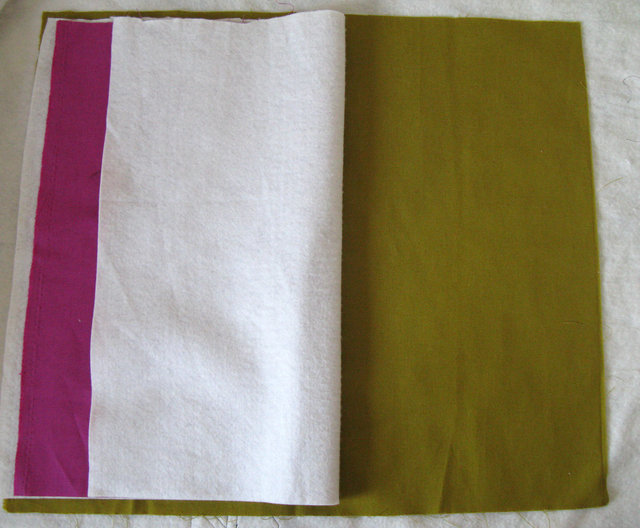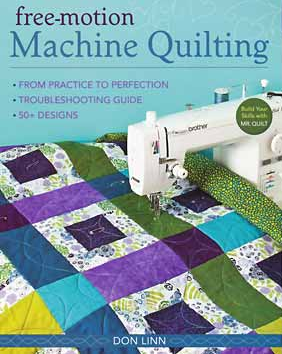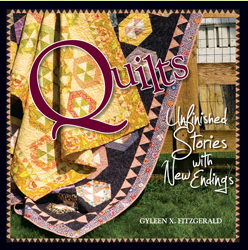 0
0
 Opening November 15 and running through February 5, 2012 at the San Jose Museum of Quilts & Textiles is Invisible Lineage.
Opening November 15 and running through February 5, 2012 at the San Jose Museum of Quilts & Textiles is Invisible Lineage.
This exhibit showcases the work of four influential mid 20th century fiber artists-Mary Buskirk, Lydia Van Gelder, Mary Walker Phillips, Katherine Westphal-alongside works of four late century artists, Pat Abrahamian, Pam Moore, Karen Hampton, and Janice Sullivan.
The juxtaposition highlights the profound influences the earlier artists had on a second generation of artists working in the fiber medium. A wide array of objects and textiles drawn from each artists' collective bodies of work illuminate the invisible lineage between the first generation of ground breaking artists and the later artists they inspired.
Also coming to the museum is Collecting California an exhibition of quilts and textiles by contemporary California artists drawn from the museum's permanent collection. It features work by local artists Susan Else, Sheila O'Hara, Sonja Barrington, Joan Schulze and Cathy Bolding and historic pieces by Lillian Elliott, Jean Ray Laurey and Ed Rossbach. This exhibit also runs from November 15 - February 5, 2012.
The museum is located at 520 South First Street in San Jose, California. To learn more, click here.











.jpg)


